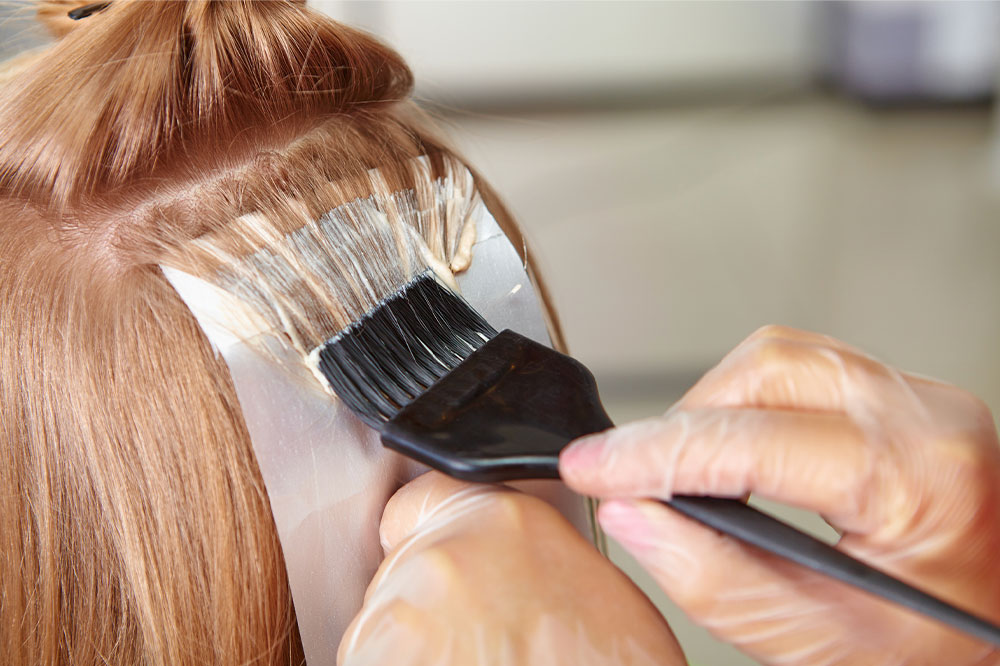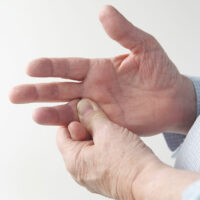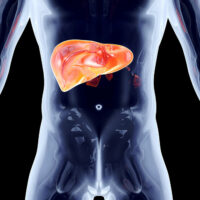7 common hair color mistakes to avoid

Getting a new hair color can be a great way to express yourself. Whether you are going for a subtle change or a bold transformation, getting the basics of hair color right can help you get the exact look you want without damaging your hair. Additionally, it is important to avoid making mistakes like missing key steps, neglecting product instructions, and inadequate hair care after getting hair colored. Here are other errors to avoid:
Skipping the strand test
The strand test is a simple yet effective way to see how the dye will work on your hair, giving you a sneak peek of the final result. Here, you apply the desired color to a small section of hair. Performing this test allows you to make necessary changes, like changing the processing time or choosing a different dye, to avoid unwanted results or allergic reactions.
Picking the wrong color
When choosing a new hair color, a common mistake is not picking shades that can work with your natural hair color. The original hair color serves as the base, influencing how different dyes will interact with it. At times, when switching to a shade too far from your natural color, the final result may look unnatural if not done right. For instance, going from brown to platinum blonde requires bleaching and can be a drastic change. So, you can start with colors that compliment your natural color, especially if you do not want a complete transformation involving stripping the original hair of its natural pigment.
Choosing DIY solutions without enough research
While DIY color kits can be convenient, you should do your research before opting for box dye. For instance, you should know how to apply the color evenly. Additionally, the hair porosity and current condition should influence the type of dye and the application technique you choose for optimal color absorption and lasting results.
Overprocessing
Overprocessing your hair by coloring it too frequently or undergoing strong chemical treatments can increase the risk of hair damage and breakage. Additionally, color buildup can make hair look dull and flat over time. So, give your hair time to recover between treatments, and use color-protecting products to extend the life of your color without compromising hair health.
Ignoring instructions
If you opt for professional styling, following expert advice can help you have a long-lasting color. Hair colorists are qualified to assess your hair’s condition and help you choose the right colors and techniques. They can also provide valuable advice on aftercare. Additionally, when opting for DIY hair dye, you should follow the instructions on the box.
Neglecting aftercare
Skipping hair care after getting it colored can make it look dull. Further, you should invest in color-safe shampoos and conditioners that are gentle on your hair and designed to protect the color from fading. Additionally, using heat protectants and limiting the use of hot styling tools can make the color last longer and prevent heat damage.
Skipping patch test
When opting for new color brands, a patch test can help you check for potential allergic reactions. So, avoid skipping this key step and apply a small amount of dye to a discreet area of the skin at least 24 hours prior to coloring your hair.





